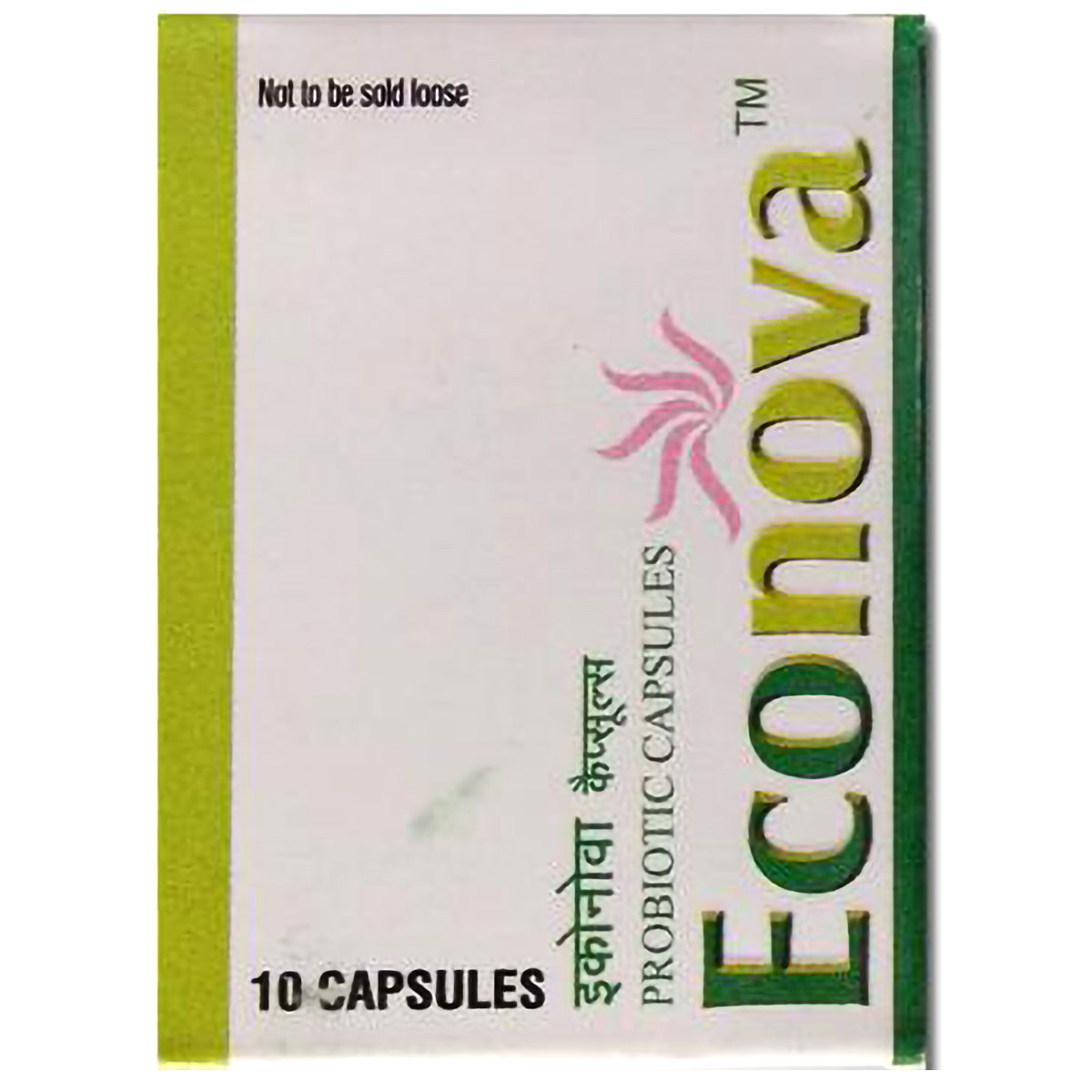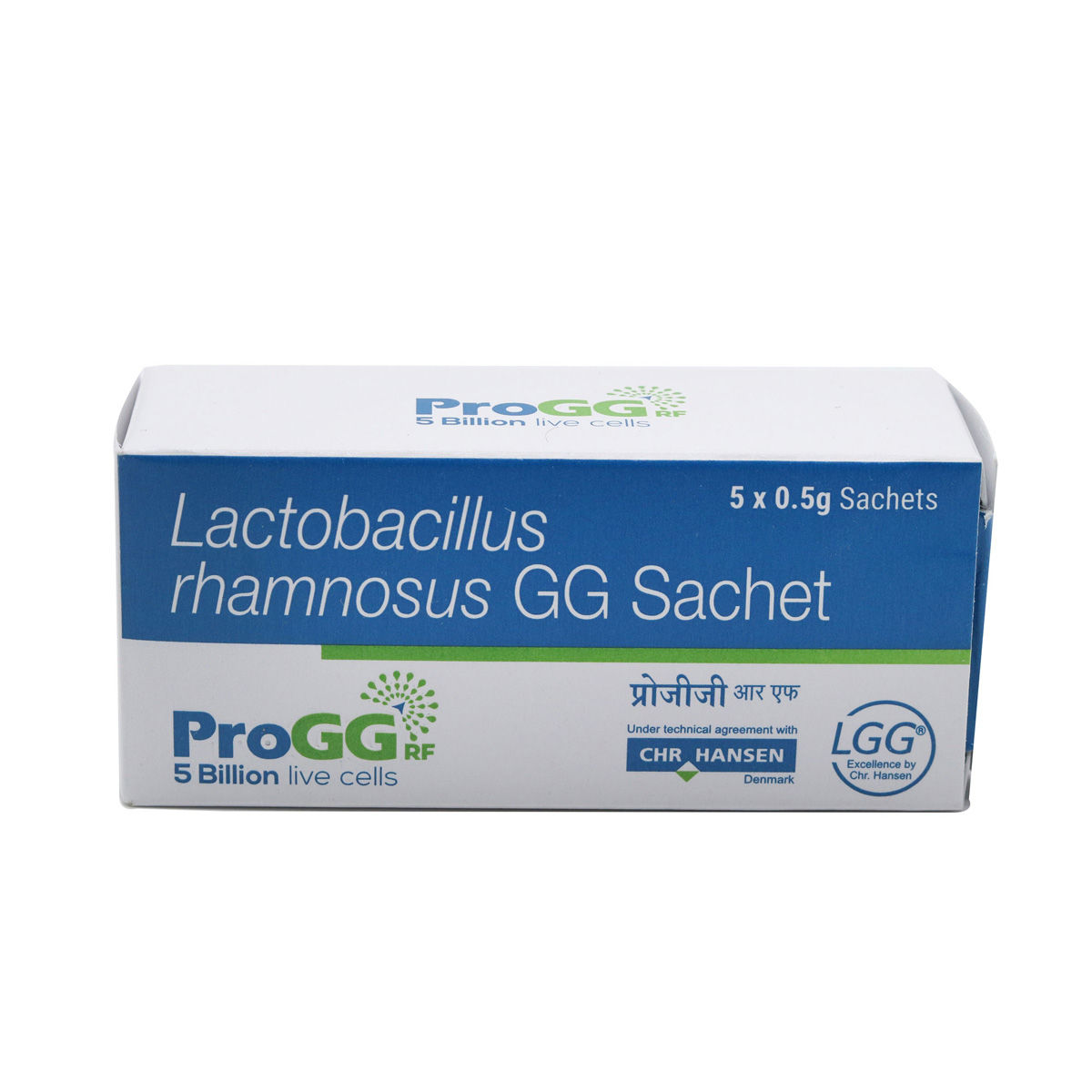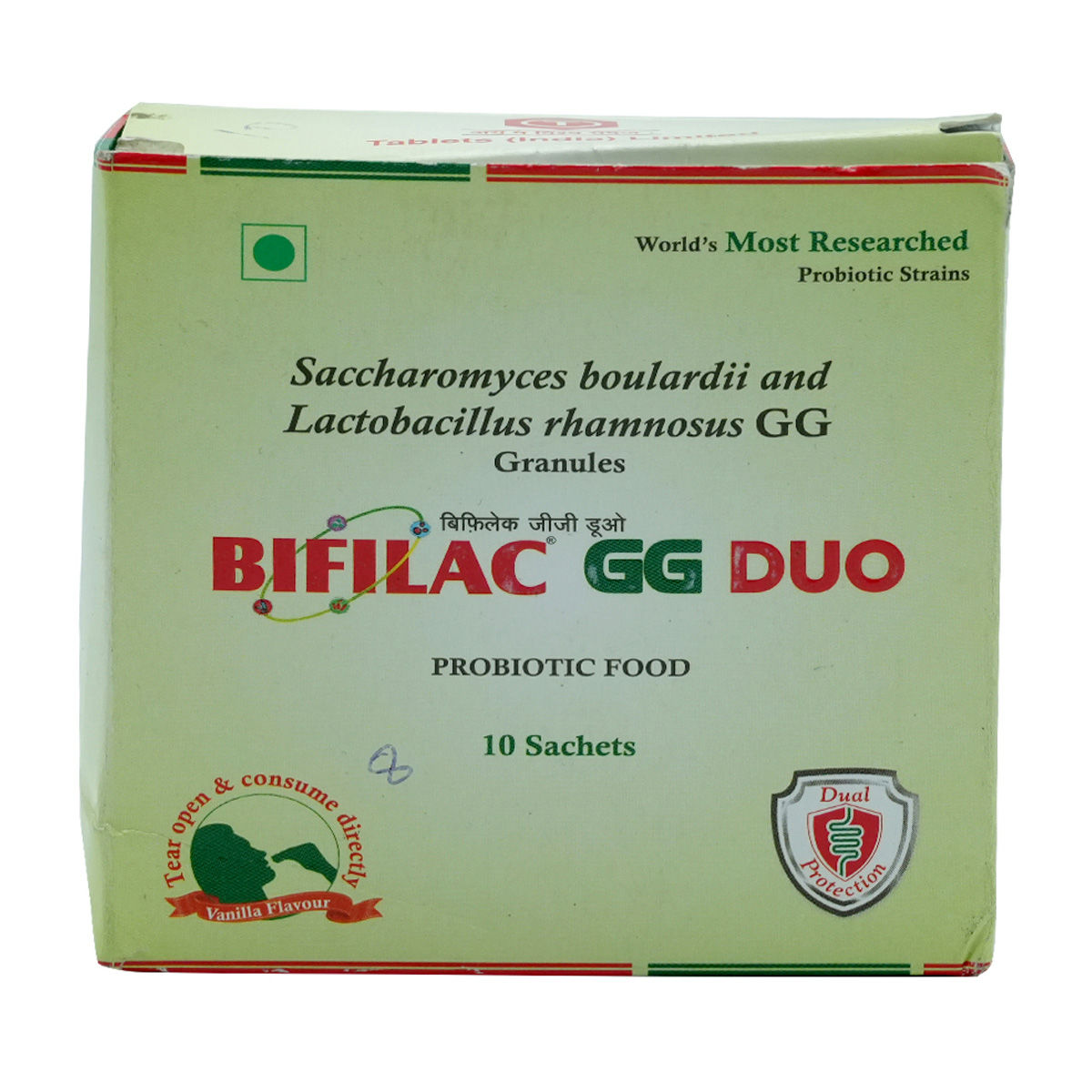Lactobacillus Rhamnosus
About Lactobacillus Rhamnosus
Lactobacillus Rhamnosus is a probiotic used to treat diarrhoea, antibiotic-associated diarrhoea, and to improve and restore the natural microflora. It may also be used in the treatment of irritable bowel syndrome and inflammatory bowel disease. Diarrhoea is a condition in which there is a frequent need to empty the bowels.
Lactobacillus Rhamnosus contains Lactobacillus rhamnosus. After ingestion, the probiotic reaches the intestines, attaches itself to the intestines, and colonises. During this process, it releases several beneficial substances that offer antimicrobial, antitoxin, anti-inflammatory, and antihypersecretory effects.
Take Lactobacillus Rhamnosus as recommended. Sometimes, Lactobacillus Rhamnosus may cause side effects like gas, bloating, and constipation. Most of these side effects do not require medical attention and resolve gradually over time. Talk to your doctor if you experience these side effects persistently.
Do not take Lactobacillus Rhamnosus if you're allergic to any ingredient in it. Consult your doctor before taking Lactobacillus Rhamnosus if you are pregnant or breastfeeding. Lactobacillus Rhamnosus should be given to children only if advised by a doctor. It is unknown if alcohol interacts with Lactobacillus Rhamnosus, so consult a doctor if you have any concerns.
Uses of Lactobacillus Rhamnosus
• Improves Digestive Health: Lactobacillus Rhamnosus helps maintain a healthy balance of gut bacteria.:
• Prevents & Treats Diarrhoea: Lactobacillus Rhamnosus is effective against antibiotic-related and infectious diarrhoea.
• Supports Immune Function: Lactobacillus Rhamnosus strengthens the body's defence against infections.
• Reduces Symptoms of IBS & IBD: Lactobacillus Rhamnosus helps manage irritable bowel syndrome and inflammatory bowel diseases.
• Promotes Vaginal Health: Lactobacillus Rhamnosus helps in preventing bacterial vaginosis and yeast infections.
Medicinal Benefits
Lactobacillus Rhamnosus belongs to a group of medications called probiotics used to treat diarrhoea, antibiotic-associated diarrhoea, and to improve and restore the natural microflora. It may also be used in the treatment of irritable bowel syndrome and inflammatory bowel disease. After ingestion, the probiotic reaches the intestines, attaches itself to the intestine, and colonises. It releases several beneficial substances that offer antimicrobial, antitoxin, anti-inflammatory, and antihypersecretory effects during this process.
Directions for Use
- Take Lactobacillus Rhamnosus with or without food, or as advised by a doctor.
- Follow your doctor's instructions on the dosage and timing of this medication to ensure safety.
- Swallow the medicine as a whole with a glass of water.
- Do not crush, break, or chew it.
Storage
Side Effects of Lactobacillus Rhamnosus
- Gas
- Bloating
- Constipation
Drug Warnings
Do not use Lactobacillus Rhamnosus if you are allergic to any of its contents. Consult your doctor before using Lactobacillus Rhamnosus if you are pregnant or breastfeeding. Lactobacillus Rhamnosus should be given to children only if advised by a doctor. It is unknown if alcohol interacts with Lactobacillus Rhamnosus, so consult a doctor if you have any concerns. Lactobacillus Rhamnosus is unlikely to affect your ability to drive. However, drive or operate machinery only if you are alert. Keep your doctor informed about your health condition and all the medicines you take to rule out any side effects.
Drug Interactions
Drug-Drug Interactions: No interactions found/established.
Drug-Food Interactions: No interactions found/established.
Drug-Disease Interactions: No interactions found/established.
Drug-Drug Interactions Checker List:
Safety Advice

Alcohol
consult your doctorIt is unknown if alcohol interacts with Lactobacillus Rhamnosus, so consult a doctor if you have any concerns.

Pregnancy
consult your doctorPlease consult your doctor before taking Lactobacillus Rhamnosus if you are pregnant or planning to become pregnant.

Breast Feeding
consult your doctorConsult your doctor before taking the Lactobacillus Rhamnosus if you are breastfeeding.

Driving
safeLactobacillus Rhamnosus is unlikely to affect your ability to drive. However, drive or operate machinery only if you are alert.

Liver
consult your doctorLimited information is available regarding the usage of Lactobacillus Rhamnosus in patients suffering from liver impairment. Please consult your doctor if you have any concerns.

Kidney
consult your doctorLimited information is available regarding the use of Lactobacillus Rhamnosus in patients with kidney impairment. Please consult your doctor if you have any concerns.

Children
safe if suggestedLactobacillus Rhamnosus is safe to be used across all age groups if recommended by the doctor. The dose and dosage form may vary based on age and weight.
Habit Forming
Diet & Lifestyle Advise
- Drink plenty of fluids to stay hydrated.
- Include bland foods such as bananas, rice, apples, cream of wheat, applesauce, and toast to avoid aggravating the digestive system.
- Avoid spicy foods, processed foods, alcohol, caffeinated and carbonated drinks.
- Eat fibre-rich food such as whole grains, lentils, beans, broccoli, and peas.
- Consume an abundance of vegetables, legumes, beans, and fruits.
- Incorporate fibre content into your daily diet.
- Consume prebiotic foods. Prebiotics are foods that encourage the growth of beneficial bacteria in the gastrointestinal tract.
Patients Concern
Disease/Condition Glossary
Diarrhoea: Diarrhoea is the condition in which there is a frequent need to empty the bowels. The causes of diarrhoea include food intolerance, food allergy, adverse reaction to any medicine, viral infection, bacterial infection, intestinal disease, parasitic infection, and stomach or gallbladder surgery. The symptoms of diarrhoea include nausea, abdominal pain, cramps, dehydration, bloating, frequent urge to empty the bowels, large volume of stools or watery stools.
FAQs
Lactobacillus Rhamnosus belongs to a group of medications called probiotics used to treat diarrhoea, antibiotic-associated diarrhoea. It helps to improve and restore the natural microflora. It may also be used to treat irritable bowel syndrome and inflammatory bowel disease.
Lactobacillus Rhamnosus is a probiotic (live micro-organisms that keep the body healthy) that helps to restore good bacteria in the intestines. Thereby, prevents diarrhoea and loss of beneficial bacteria due to prolonged intake of antibiotics or due to infections in the intestine.
Studies have shown that long-term supplementation with probiotics helps strengthen the body's natural flora, which may enhance immunity. However, please consult your doctor for further guidance.
Lactobacillus Rhamnosus can be taken with antibiotics if recommended by the doctor. However, you are advised to maintain a 2-hour gap between Lactobacillus Rhamnosus and antibiotics.
Lactobacillus Rhamnosus is safe if used in the dose and duration recommended by your doctor. Take it precisely as directed, and do not skip any dose. Follow your doctor's guidelines carefully and inform your doctor if any side effects disturb you.










